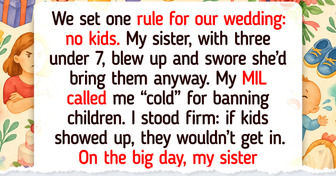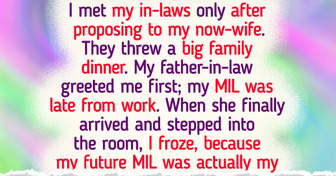15 Moments That Show Kindness Is Our Greatest Power—Not Our Weakness

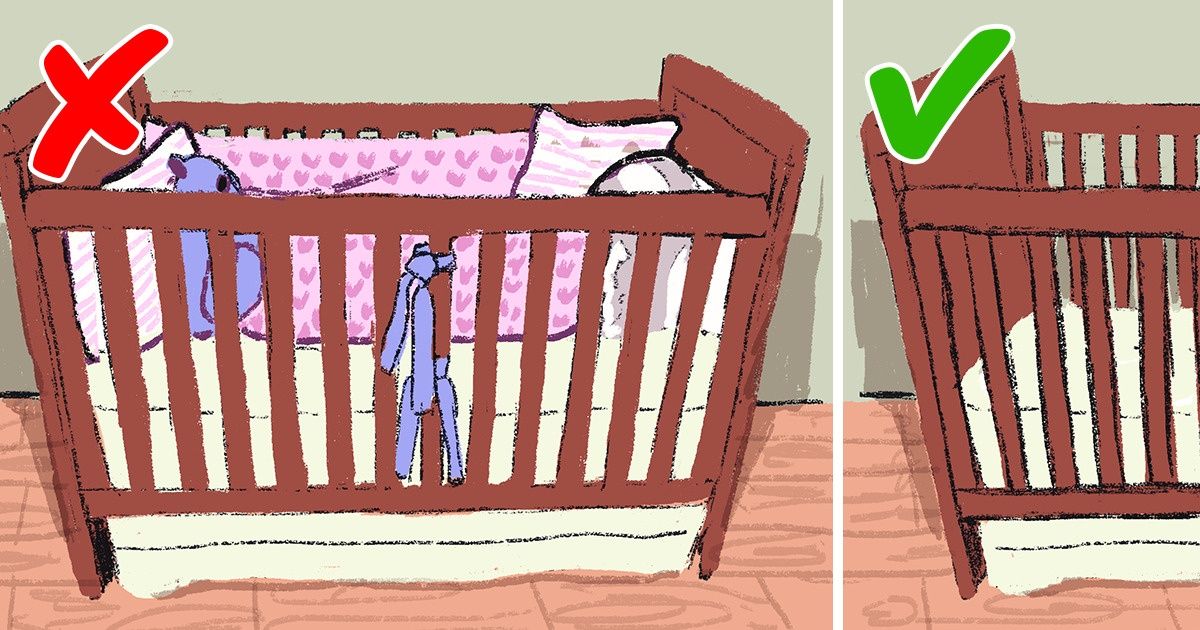
When adding a new family member to our households, responsibilities multiply, and it’s up to us to ensure that our babies have a safe place to grow up in. If not long before, we left closet doors wide open and collected magnets on our fridges, welcoming our babies is the perfect wake-up call for us to apply some — albeit small — effective changes.
Pediatricians know all the suitable ways to ensure the safety of babies, and we at Bright Side gathered their best tips so you can be in the loop.

When you have to childproof your house, getting a baby’s-eye view can help you find little dangers here and there. Just crawl throughout the house and write down little changes you can make in order to ensure your child’s safety.

There is a curious method to test if the items you bring in your home can pose a choking risk to your child. The toilet paper tube method is as easy as it sounds: if a toy or any other object can fit through the tube of a toilet paper roll, then it should stay out of reach from your child.

It’s really important for your baby to sleep in a safe place, free of any toys, blankets, and pillows. We know they might be cute, but for safety reasons, you should keep the baby crib empty at all times. You can store the blankets and pillows away until your baby is older and wiser.

Visitors will come by regularly, whether it’s soon after your baby is born or later down the line. Your parents, grandparents, and friends will all want to visit your home and see your precious little one. To ensure your child is safe at all times, bags and purses should be kept out of their reach. This will help you to avoid your child going through your visitors’ valuables, where medication might be present and pose a health risk.

While your child is growing, they may not be able to protect themselves. Radiators can easily lead to burns, and to steer clear of this, pediatricians recommend covering them throughout your house.

TVs, similar to heavy furniture, can pose a risk for your child’s safety. The colorful images and interesting sounds might be appealing to your little one, so make sure you anchor it to the wall where it’s out of reach and keeps everyone safe and sound.
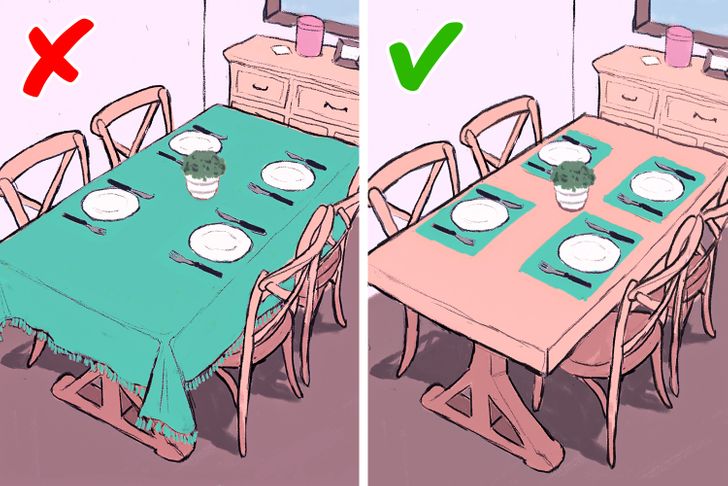
Imagine this: you have guests over, so you set the table with plates, drinks, and whatever else. All your child needs in order to cause a mini-disaster is a second left unsupervised and they’ll pull on the table cloth, making a mess, but more importantly, putting themselves at risk. You can avoid this situation by replacing your table cloths with placemats. They’re not slippery and, best of all, your child won’t be able to reach them.
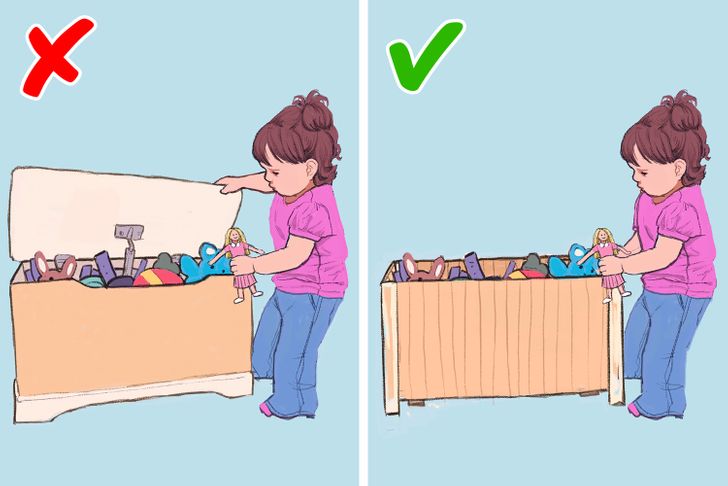
Just as we adults love to store our jewelry or tools in boxes, we might assume our children’s toys would be better off stored in a chest or box. Unfortunately, your child might not be aware of how to properly close this toy box and might hurt themselves while trying to do so, whether that’s closing the box on their fingers or even getting trapped in it. Opt for a box without a lid, as these will help you and your child be worry-free.

From bright colors to souvenirs from different countries, some of us love collecting magnets and pictures. Unfortunately, they can pose a health risk to your child, as some of them are so small that they could easily be ingested. Make sure you follow the toilet paper tube rule for the magnets in your house too.

Cats and dogs can be great friends for our children — a study suggested dog ownership in early life may reduce the risks of child developmental delays. Whether you’re a dog person or a cat person, their food might not be the best nutrition source for your child, and it could pose a health risk if ingested. Supervise your pets’ meal times, and when they’re are finished, move the food out of sight.
Have you ever tried the toilet paper tube test? How did you prepare your home when you welcomed your baby?







